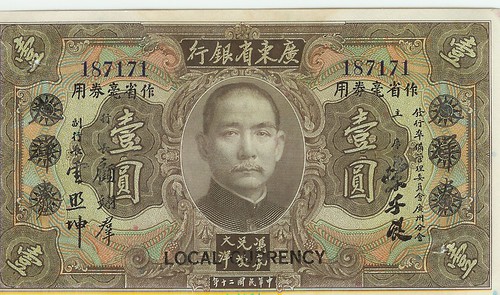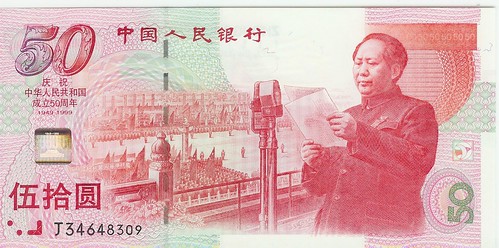The Needham Question is hot, hot, hot! Thanks to Simon Winchester’s The Man Who Loved China: The Fantastic Story of the Eccentric Scientist Who Unlocked the Mysteries of the Middle Kingdom1, everyone who’s everyone is talking about China’s “failure” in the face of Western intellectual and technological revolutions.
While it’s kind of nice to see a China scholar like Needham getting the pop culture treatment, and the questions he raised are still worth pursuing, the reviews suggest that the emphasis on “Eccentric” is pretty severe. They also suggest that Winchester’s biographical emphasis has left him with the wrong impression about the body of work which Needham’s intellectual descendants still do. Andrew Leonard writes:
In the epilogue, Winchester asserts that the consensus opinion of current Sinologists is that “China, basically, stopped trying.” That’s too facile a summation when one is writing a biography of a man who devoted his entire life to understanding why China failed to capitalize on thousands of years of scientific and technological innovation. Winchester then skips through the main contending theories that attempt to explain China’s failure: China’s bureaucracy siphoned talent away from a potentially entrepreneurial merchant class, China did not have the spur to competition that Europe’s many warring states inflicted on each other, China’s totalitarian government quashed initiative.
In fact, as I wrote in response to Winchester’s NYT op-ed2:
This is a rehashing of old views of China that inspired the great “Needham Question”3: “Why didn’t China have a Scientific Revolution and Industrial Revolution”? Half a century of scholarship has produced a massive aggregation of knowledge about science and technology in China which shows, among other things, that scientific and technical progress continued throughout the early modern period (which, started a half millenium earlier in China than in the West) but that China’s population obviated the need for the kind of massive “labor saving” capital equipment, so industrial production moved in other directions.
China was also experiencing a scientific flourishing in the Qing era, featuring fields from philology to botany.4
China doesn’t “fall behind” until around 1800, when the steam power revolution put England a quantum leap ahead of the pack. It then went through about 150 years of political turmoil in which economic and technical development often took a back seat to other issues, including imperialism, uprisings, revolutions, warlords…. [ellipsis in original; it’s a bad habit]
The assumption that the Western model is “natural” or somehow inevitable unless someone “fails” to achieve it is patently absurd. Europe spent centuries in the shadow of the rest of the world before catching up in their Early Modern age (with the aid of a lot of imported Chinese technology), and finally, as Paul Kennedy (among others) argued, pulling ahead due to competitive pressures and (in the case of the British steam revolution) a certain amount of luck.
The upshot of the Needham tradition scholarship, as I understand it, is that it was more macroeconomic and political problems than technological skills which resulted in China’s “lost ground” in the modern age, but a significant component of it was historical contingency (or “dumb luck,” as we used to say). Nothing inevitable about it, and nothing fundamental. China wasn’t the only great Early Modern empire to flounder in the modern age — in fact, it was more the norm than the exception, as the Ottomans, Russians, Mughals, Iberians and Hapsburgs show. “The West” wasn’t a terribly coherent entity — especially not organizationally! — and contrasting “it” with China without a little consciousness of the internal tensions, backwards regions, and failures contained within the Western tradition makes no sense, intellectually, historically or politically.






